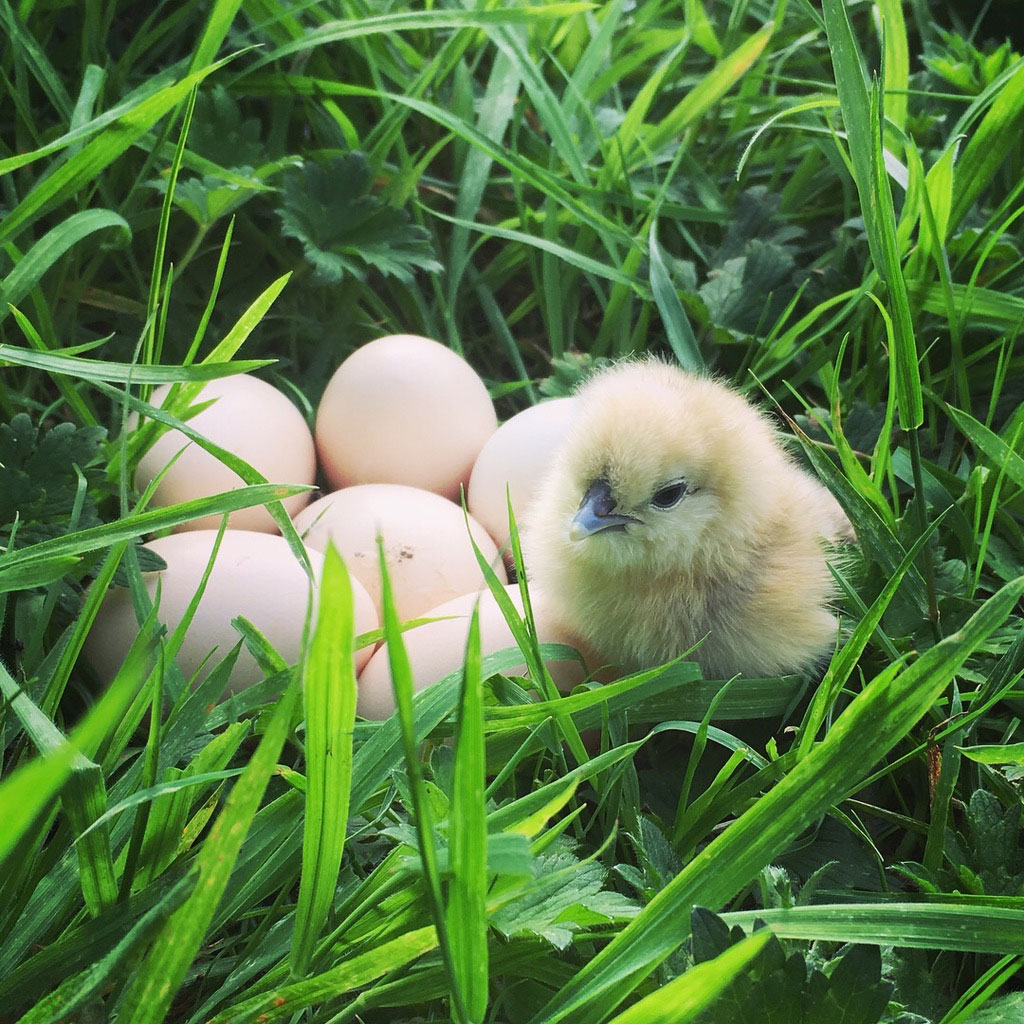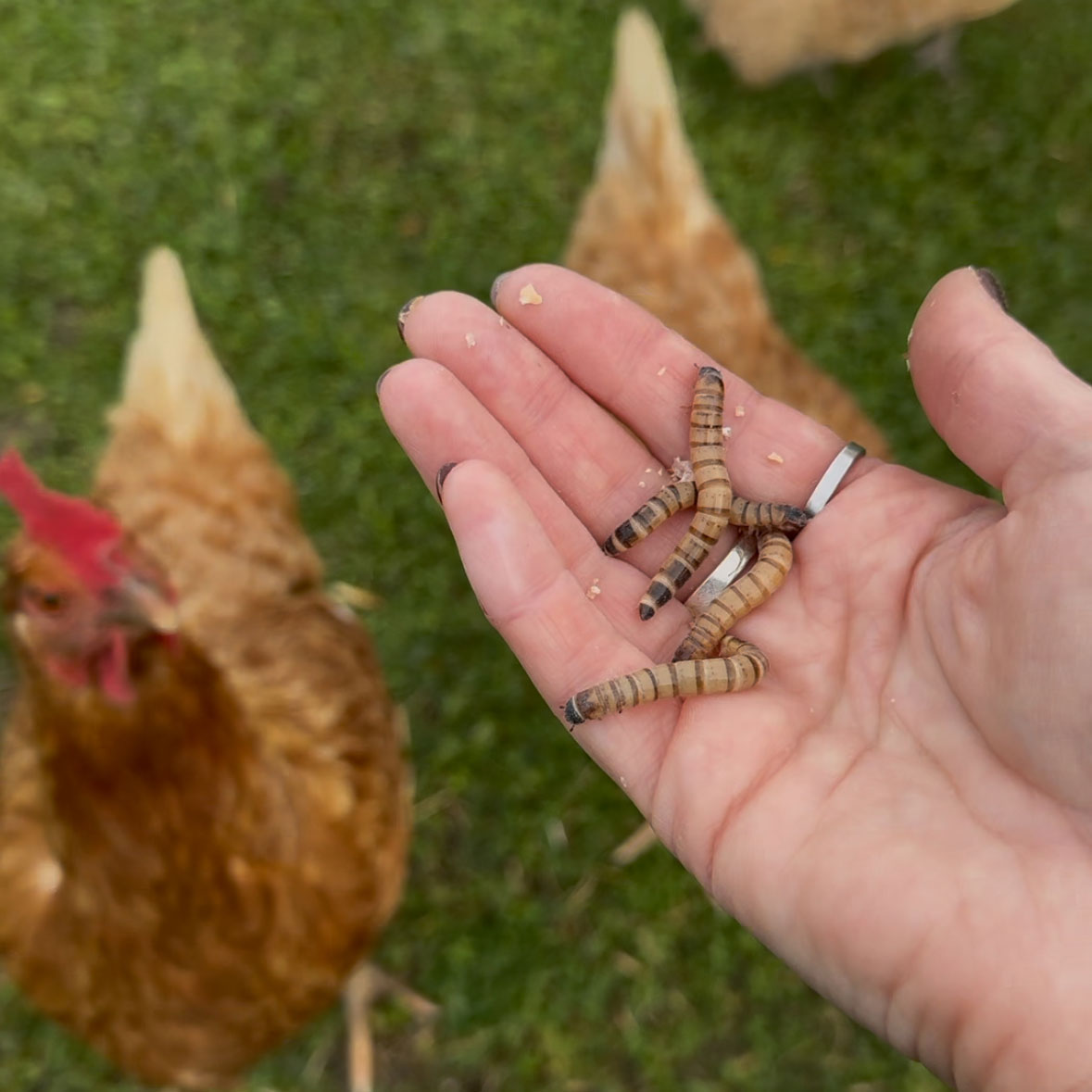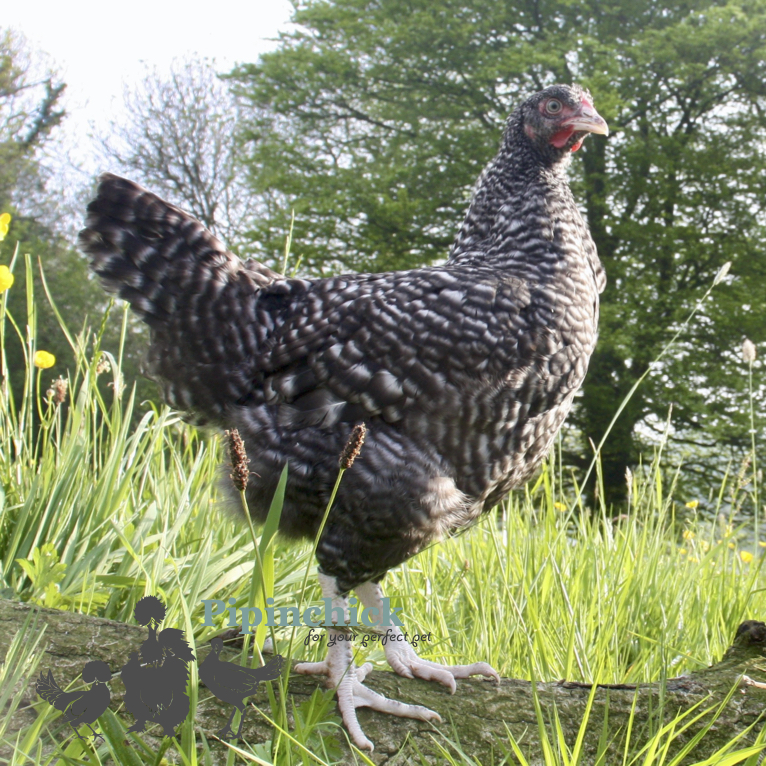


How to Adapt Your Chicken Coop for Warmer Weather
As we start to move beyond the cold and wet season of winter and we start to see the brighter and drier weather becomes more and more consistent, it is a good time for poultry enthusiasts to begin thinking about preparing the chicken coops for warmer weather. Below, we highlight several key factors to keeping your flock happy and healthy in the summer months.
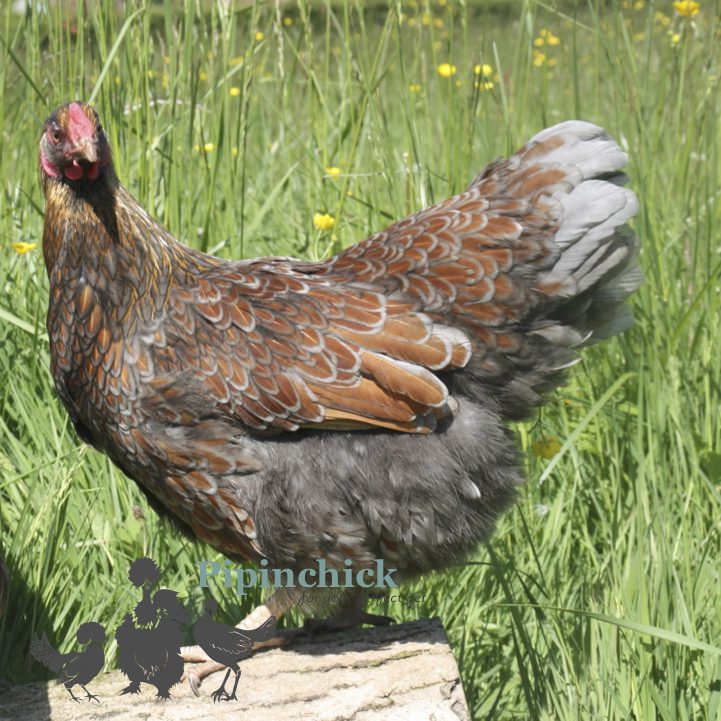
- Ventilation
During warmer weather, adequate ventilation becomes crucial in maintaining a comfortable environment inside the chicken coop. Unlike humans, chickens lack sweat glands and rely on panting to regulate their body temperature, so it is essential to prevent heat stress and respiratory issues through adequate ventilation. Check all ventilation holes are unobstructed and consider whether you need to install extra vents or windows.Optimal airflow can be achieved by ensuring vents are positioned higher than roosting areas to facilitate the escape of warm, stale air and encourage fresh air circulation.
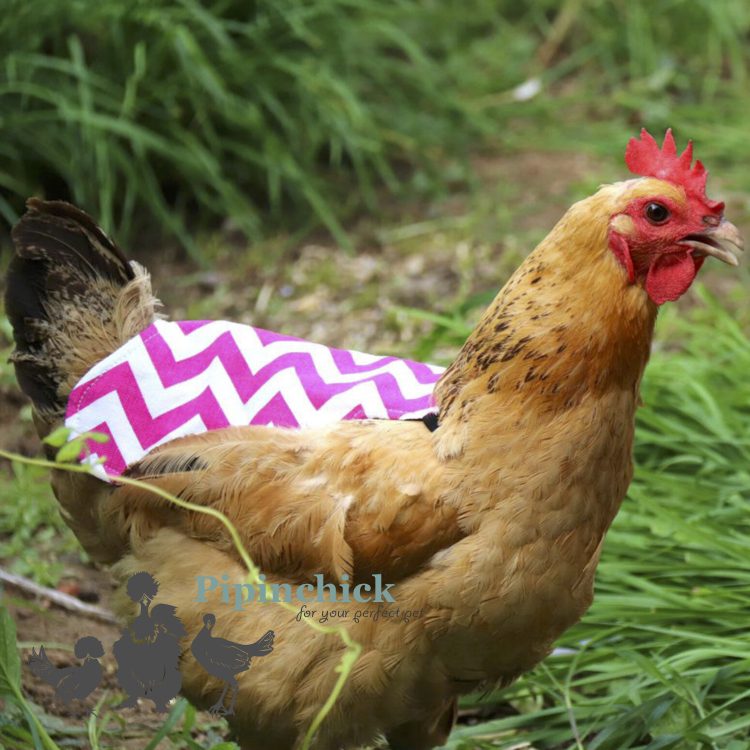
Note: A hen in danger of heat exhaustion will be panting heavily and holding her wings away from her body. She may have a pale waddle and comb, she may be lethargic, limp, or unconscious. A chicken exhibiting these symptoms is in extreme danger of dying from heat stress and needs to be cooled quickly.
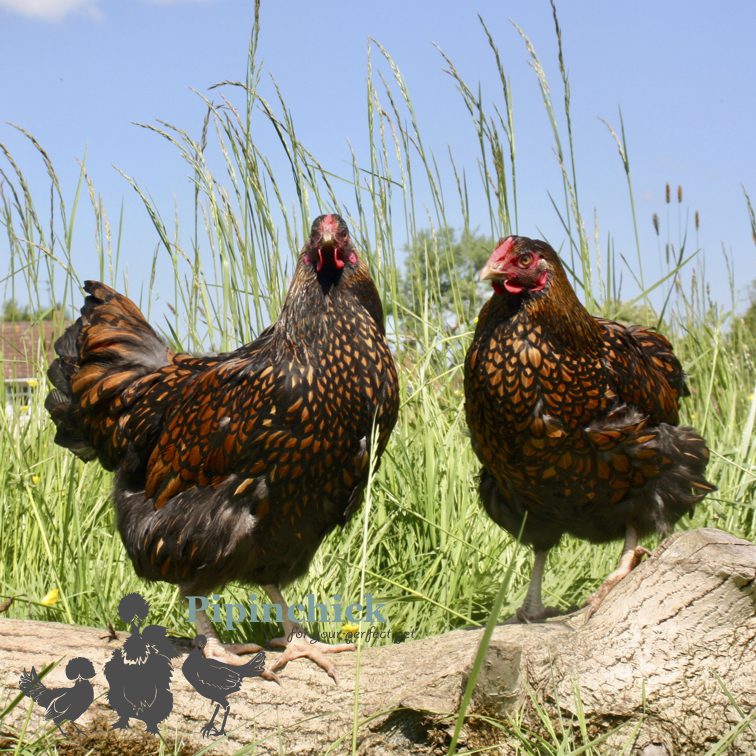
- Shade
Just as we seek shelter from the heat of the sun on hot days, chickens also require shade to avoid overheating. If your coop is based in a location exposed to direct sunlight, provide ample shade to keep the interior cool. You can create shade using cloth, tarps, or being clever with planting, such as arranging young trees or shrubs to provide extra shade for the coop and its surrounding area. Awnings or overhangs are another way to throw shade onto the outside areas such as the coop run. An area underneath the hen house, if this is raised, is a good option for escaping from the sun. Other ways to provide a cool place for your chickens is to use a parasol near the run or create a ‘den’ style shady area using chairs and a blanket. This is also a fun way of involving your kids.
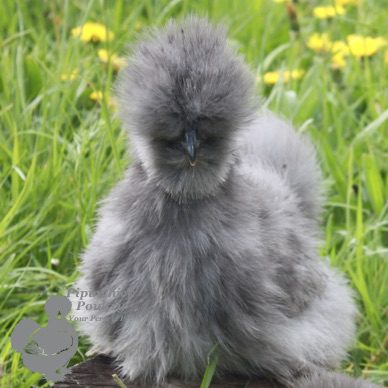
3. Water Management
Hydration is really important to keep on top of in summer for your chickens and cold water is going to be your hens’ best friend during the summer months. Chickens don’t sweat so they can overheat quickly especially in warmer weather and then they can quickly become dangerously dehydrated. To counteract the risk of dehydration, ensure a constant supply of fresh, clean water is readily available within the coop and run area. Spill-proof waterers are a good investment as they minimise wastage and help avoid contamination. You can also relocate your waterers to the shady areas and consider using insulation to keep their water source cool. Timetable regular checks throughout the day to ensure the water is cool and plentiful.
4. Dust Bathing Opportunities
Chickens have a predisposition to enjoy dust bathing as part of their daily grooming routine. It helps to control pests and keep feathers and skin healthy. Allowing plenty of areas for dust bathing becomes particularly important in warmer weather when parasites are more common. Regularly replenish the dust bathing material to keep it clean and effective in controlling parasites and offer up different areas, including one in the shade. We recommend checking your housing paying particular attention to perch ends, in the nest boxes and any cracks and crevices. If you find any red mites act as soon as you can to avoid them getting out of control to prevent them impacting on your bird’s health. A tip is to quietly look in the coop with a torch after dark – they mostly come out then. If you get a sheet of white paper and press any red mites you find onto it, red streaks will appear. To rid the coop of red mites, remove any litter and use a detergent to wash down, then allow to dry. There are also products that can be used to remove the Red Mite eggs, as well as the Red Mite.
5. Predator Prevention
Electric Netting -
Using electric netting for poultry has long been seen as the best. Electric netting fences keep both poultry in and predators out as they provide a 'blanket coverage' going from ground level up to 105cm. The gaps in the netting start off at 5cm horizontal spacings (even bantams won't escape through them) and get increasingly larger as they get higher.
Post & Twine / Wire -
Another very effective method of fencing in poultry and keeping foxes / dogs out and it has the advantage of being a more flexible method than using netting as it can hug the contours of the ground very easily. This method is not as effective at keeping smaller birds in as it doesn't hug the ground as closely as the netting and they can escape under the lines if they find a dip in the ground.
In summary
With careful planning, and consistent attention to your flock, summertime need not cause any extra worry, just more time to spend outdoors enjoying the better weather and your wonderful chickens. Here at Pipinchick Silkies, we have chickens for sale and hens for sale and like to do our very best to help our customers, whether or not they are new to keeping chickens, with any questions they have on suitability and environment.

